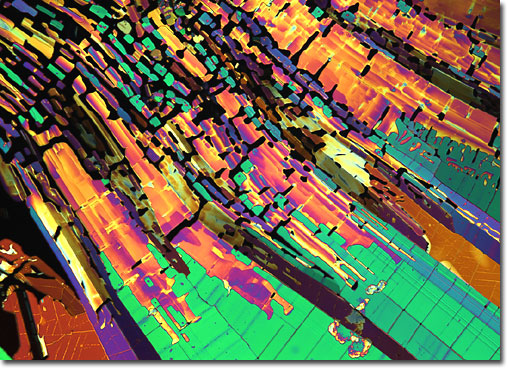|
Dicloran is most active against Rhizopus, Botrytis, Monilinia, Sclerotium, and Sclerotinia fungal species. The pesticide’s mechanism of action is believed to be non-specific inhibition of cell division, which facilitates the disruption of nuclear stability. Classified as a class III toxin by the Environmental Protection Agency (EPA), dicloran poses a moderate hazard to fish, birds, and beneficial insects. Studies have also demonstrated that the substance may act as a skin sensitizer and may generate phototoxicity.
|
